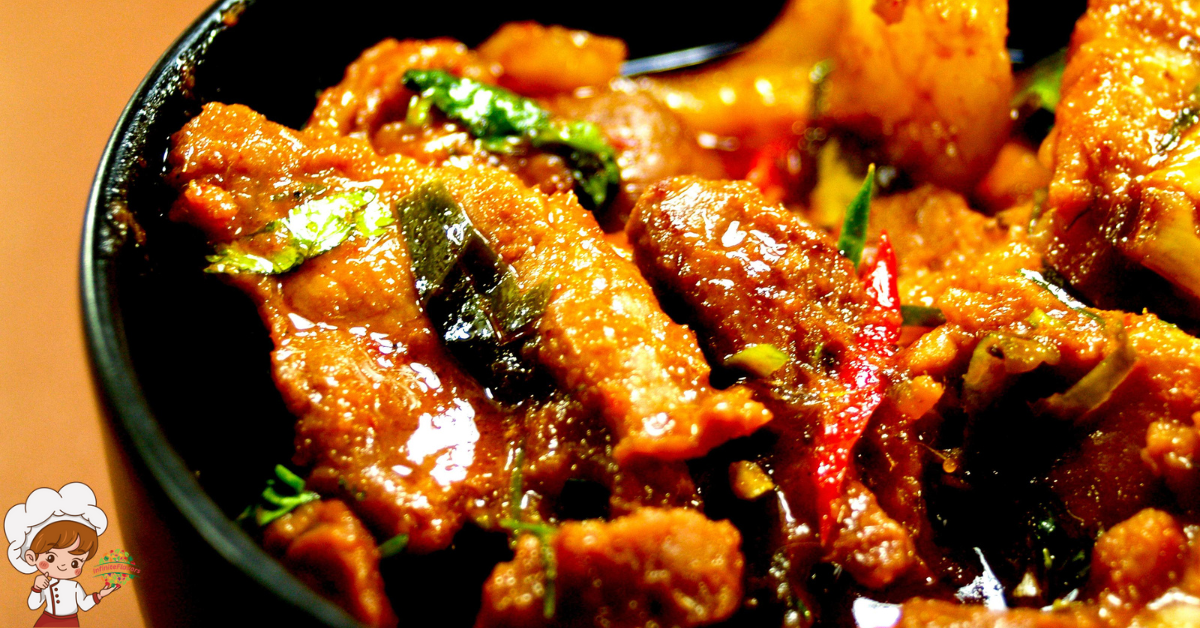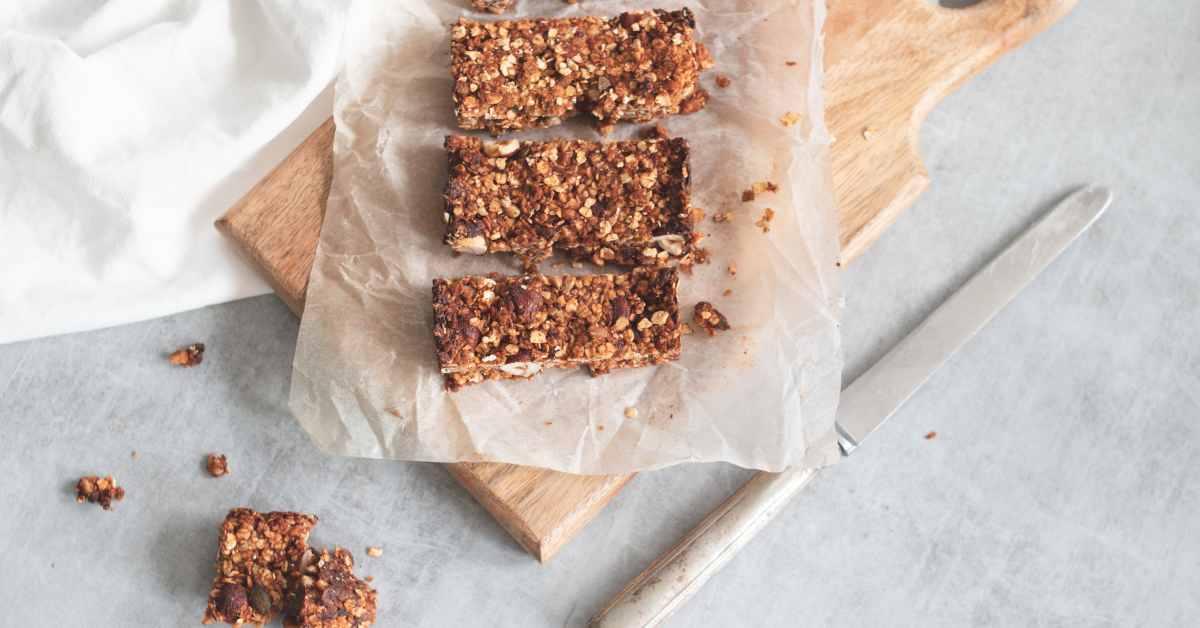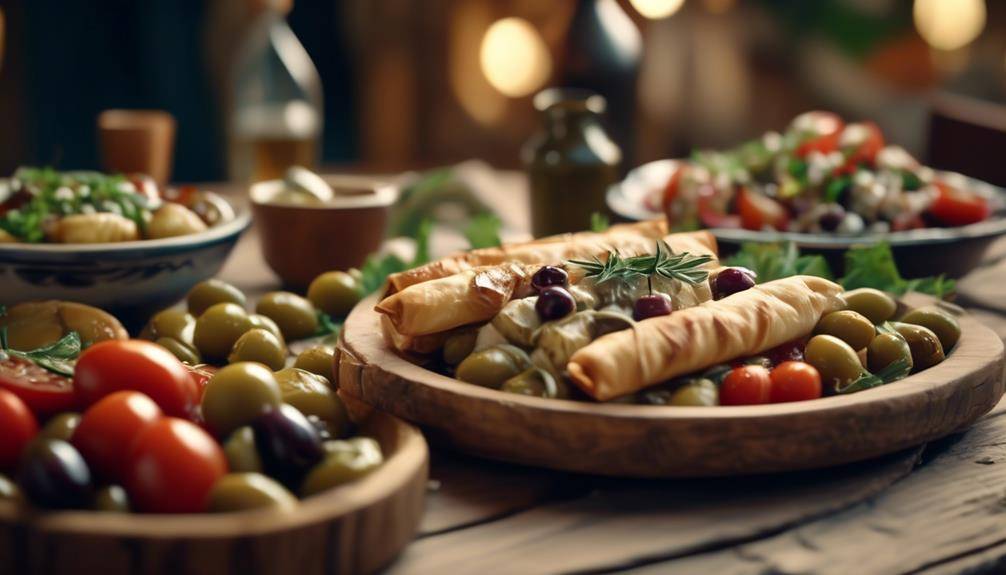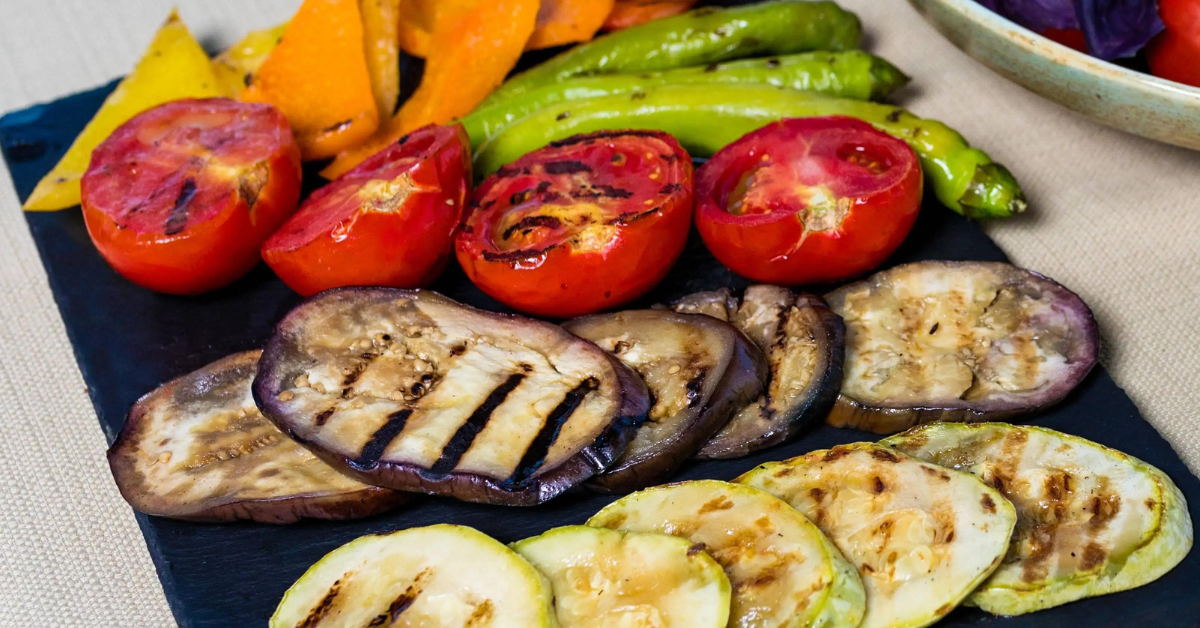The Great Comforting Origins of Chicken and Dumpling
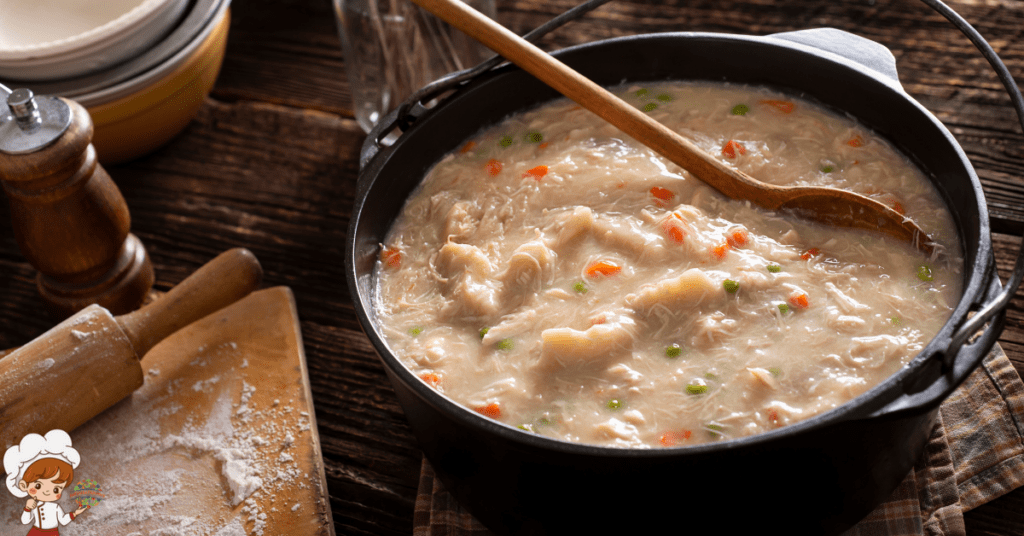
Comforting Origins of Chicken and Dumpling; Few dishes evoke a feeling of warmth and comfort quite like chicken and dumplings. Hearty, rich, and satisfying, this classic meal is a staple of Southern kitchens, beloved for its ability to feed a family with simple, wholesome ingredients. But chicken and dumplings is more than just a dish; it’s a symbol of resourcefulness, tradition, and culinary adaptation through time. Its origins stretch back centuries and cross oceans, weaving through various cultures before becoming the nostalgic American favorite it is today.
In this blog post, we will take a deep dive into the fascinating history and origin of chicken and dumplings. From its European roots to its evolution in the American South, and from wartime necessity to Sunday supper centerpiece, we’ll explore how this dish came to hold such an important place in culinary hearts. We’ll also answer some frequently asked questions about chicken and dumplings to give you a fuller understanding of this timeless comfort food.
Get ready to explore the delicious story behind one of America’s most cherished meals.
Early Origins: Dumplings Across the World
The concept of dumplings — bits of dough cooked in liquid — is ancient and widespread. Nearly every culture has some version of dumplings. In China, they created delicate, filled dumplings like jiaozi thousands of years ago. In Central and Eastern Europe, heavier, heartier dumplings such as knödel and pierogi became staples.
These early dumplings often served a dual purpose: they extended meals by adding filling, starchy elements and absorbed the rich flavors of the dishes they were cooked in. This ability to stretch a dish further made dumplings a favorite in peasant cuisines, where maximizing resources was crucial.
In Europe, particularly in regions like Germany, Austria, and Britain, simple doughs made of flour, fat, and liquid evolved into boiled or steamed dumplings. These variations would later influence the creation of chicken and dumplings in North America.
Arrival in the New World
When European settlers arrived in North America, they brought their dumpling traditions with them. German immigrants introduced hearty dumpling recipes, while the British and Irish brought suet puddings and boiled dumpling dishes.
However, adapting these recipes to the New World wasn’t always straightforward. Ingredients that were readily available in Europe, like specific grains and fats, were sometimes scarce. Settlers improvised with what was on hand, leading to slight but significant changes in traditional recipes.
As farming and homesteading became more common in colonial America, chicken grew to be a more prevalent protein. While initially prized for their eggs, chickens eventually became a practical meat source. Combining available poultry with basic dumplings made from flour, water, and lard or butter resulted in an early form of chicken and dumplings.
The Southern Connection
While variations of chicken and dumplings existed across the country, it found a special home in the South.
Several factors contributed to the popularity of chicken and dumplings in the American South:
- Agricultural Economy: Chickens were relatively easy and inexpensive to raise on small farms.
- Climate: The Southern climate favored crops like wheat and corn, essential for dumpling dough.
- Economics: During times of scarcity, such as the Great Depression or Civil War, a dish that could stretch meat with filling dumplings was vital.
Southern cooks perfected the dish, often stewing a whole chicken to create a rich broth before adding dumplings. The result was a filling, comforting, and relatively inexpensive meal that could nourish a family.
It’s worth noting that enslaved African Americans also played a significant role in developing Southern cuisine, including chicken and dumplings. Their culinary skills, resourcefulness, and adaptations helped refine dishes that remain staples today.
Evolution Over Time
Throughout the 19th and 20th centuries, chicken and dumplings evolved alongside American society. What started as a necessity — making a little go a long way — transformed into a symbol of home, family, and comfort.
During hard times like the Great Depression, chicken and dumplings were often on the menu because they were cheap, filling, and could be made from scratch with pantry staples. In the post-World War II era, as processed foods became more common, shortcuts like canned biscuits or condensed soup began to appear in recipes.
However, many traditionalists continue to prefer from-scratch versions, arguing that nothing can replicate the deep, home-cooked flavors of a chicken slowly simmered with hand-rolled dumplings.
Regional differences also developed:
- In Georgia and Alabama, dumplings are often flat and noodle-like.
- In Appalachian regions, the dough is dropped by spoonfuls to form fluffy “drop dumplings.”
- In some Midwestern homes, vegetables like carrots, peas, and celery are added to the stew, making it a more colorful, hearty dish.
Each variation represents the preferences and traditions of different families and communities.
Cultural Symbolism and Enduring Appeal
Chicken and dumplings is much more than just a comforting meal; it’s a dish laden with cultural symbolism. It represents:
- Resourcefulness: Stretching limited resources into a satisfying meal.
- Tradition: Passed down through generations, often with slight tweaks to suit family tastes.
- Comfort: Associated with home, warmth, and nourishment, especially during colder months.
Even today, chicken and dumplings continue to feature prominently at potlucks, family gatherings, and holiday celebrations. It remains a dish that connects people to their roots and to each other.
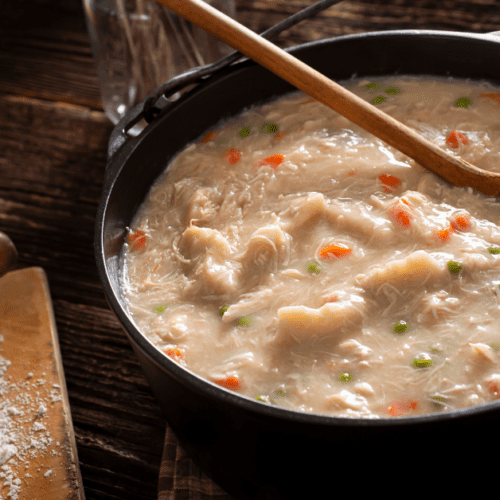
Old Fashioned Chicken and Dumplings Recipe
Ingredients
- Ingredients:
- For the Chicken and Broth:
- 1 whole chicken about 4–5 pounds, cut into pieces
- 8 cups water or enough to cover chicken
- 1 large onion chopped
- 3 cloves garlic minced
- 3 celery stalks chopped
- 2 carrots chopped
- 2 bay leaves
- 1 teaspoon dried thyme
- Salt and pepper to taste
- For the Dumplings:
- 2 cups all-purpose flour
- 1 tablespoon baking powder
- 1 teaspoon salt
- 3 tablespoons cold butter or shortening
- 3/4 cup whole milk plus a little extra if needed
- Optional:
- Fresh parsley for garnish
- A splash of heavy cream for an extra rich broth
Instructions
- Instructions:
- Cook the Chicken and Make the Broth
- In a large stockpot, place the chicken pieces and cover with water.
- Add the onion, garlic, celery, carrots, bay leaves, thyme, salt, and pepper.
- Bring the pot to a boil over medium-high heat.
- Once boiling, reduce the heat to low, cover partially, and simmer for about 1 to 1½ hours, or until the chicken is tender and falling off the bone.
- Remove the chicken from the pot and set aside to cool slightly.
- Discard bay leaves.
- Strain the broth if you prefer a smoother texture, or leave the vegetables in for a heartier version.
- Taste and adjust the seasoning if needed.
- Prepare the Rolled Dumplings
- In a large mixing bowl, whisk together the flour, baking powder, and salt.
- Cut the cold butter (or shortening) into the flour mixture using a pastry cutter or your fingers until the mixture resembles coarse crumbs.
- Gradually stir in the milk until a soft dough forms. Be careful not to overmix — you want the dough to stay tender.
- Lightly flour a clean surface and turn out the dough.
- Roll the dough to about 1/8 to 1/4-inch thickness (thinner dumplings = more tender).
- Cut the dough into strips about 1-inch wide and 2-3 inches long using a knife or pizza cutter.
- Assemble the Dish
- Bring the strained broth back to a gentle boil.
- Drop the rolled dumplings into the boiling broth a few at a time, stirring gently after each addition to prevent sticking.
- Once all dumplings are in, reduce heat to low, cover, and simmer gently for about 15–20 minutes, or until the dumplings are cooked through and tender. Stir occasionally.
- Add the Chicken
- While the dumplings cook, shred the cooled chicken, discarding skin and bones.
- Add the shredded chicken back into the pot with the dumplings.
- If you want an even richer broth, stir in a splash of heavy cream at this point.
- Cook for another 5 minutes to warm everything through.
- Serve
- Ladle generous portions of chicken, dumplings, and broth into bowls.
- Garnish with fresh parsley if desired.
Frequently Asked Questions (FAQ): Comforting Origins of Chicken and Dumpling
Q: Where did chicken and dumplings originate?
Chicken and dumplings have roots in European peasant cuisines that used simple doughs cooked in broth or stew. The dish evolved in America, particularly in the South, where chicken became a common and economical protein.
Q: Are dumplings supposed to be fluffy or dense?
It depends on regional and personal preferences! “Drop” dumplings are typically fluffy because they are dropped by spoonfuls into the broth. “Rolled” dumplings, which are thin and flat, are denser and more pasta-like.
Q: What is the difference between chicken and dumplings and chicken pot pie?
Chicken pot pie typically involves a creamy chicken stew baked under a pastry crust, while chicken and dumplings feature stew with dumplings cooked in the broth. Both dishes are hearty and comforting but have distinct textures.
Q: Why are there different styles of dumplings in chicken and dumplings?
Different styles evolved based on regional tastes, available ingredients, and family traditions. Flat dumplings are more common in parts of the Deep South, while fluffy dumplings appear more often in Appalachia.
Q: Is chicken and dumplings considered Southern food?
Yes, while versions of the dish exist nationwide, chicken and dumplings is strongly associated with Southern cuisine. It’s considered a classic example of Southern comfort food.
Q: Can chicken and dumplings be made ahead of time?
Yes, it actually improves with time! The flavors meld beautifully when the stew is allowed to sit. However, the dumplings may soften after sitting, so some people prefer to make and cook the dumplings fresh just before serving.
Q: Was chicken and dumplings a “poor man’s food”?
In a sense, yes. The dish arose in part out of economic necessity — making the most out of a small chicken and simple pantry ingredients. However, over time it became a treasured comfort food, enjoyed by people of all socioeconomic backgrounds.
Q: Is there a vegetarian version of chicken and dumplings?
Absolutely. Many modern cooks make vegetarian versions using hearty vegetable broths and meat substitutes like tofu or jackfruit. The dumplings themselves are typically vegetarian unless the broth contains meat products.
Conclusion
The story of chicken and dumplings is a beautiful illustration of how food adapts to meet the needs, resources, and tastes of different cultures and times. What began as a simple, humble meal in peasant Europe traveled across the Atlantic, adapted to new ingredients and climates, and blossomed into a beloved American comfort food, particularly in the South.
It’s a dish that carries with it generations of wisdom, memories, and the universal desire for nourishment and comfort. Whether you remember your grandmother standing over a bubbling pot or you’ve only just discovered its joys, chicken and dumplings have an undeniable power to make a house feel more like home.
Next time you savor a warm bowl of chicken and dumplings, you’re tasting history — a tradition of resilience, family, and love ladled into every serving.



